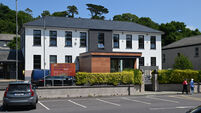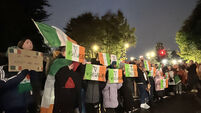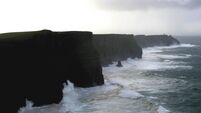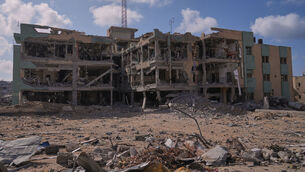History of unrest from Macushla Revolt to blue flu
Young gardaí had been refused a pay award given to their older colleagues and in frustration hundreds of them met in the Macushla in direct contravention of the commissioner’s orders. In the days following this meeting, gardaí in Dublin instigated a “go-slow” policy, which meant not issuing parking fines and other minor penalties.
Some 11 gardaí, identified as ringleaders of what was christened the “Macushla Revolt”, were dismissed from the force, only to be reinstated a week later. The sackings set off a chain of events which ultimately led to the setting up of the Conroy Commission and major improvements in Garda pay and conditions.
The incident led to the considerable strengthening of the Garda Representative Body, made up of rank-and-file members as distinct from the bodies representing more senior ranks.
In 1978, legalisation formally instituted the Garda Representative Association (GRA).
May 1, 1998, saw the next major industrial confrontation between gardaí and government. To get around the legal bar on striking, between 80% and 85% of gardaí phoned in sick in a so-called outbreak of “blue flu”.
Court proceedings in many parts of the country have been adjourned because of the absence of police witnesses. The campaign was organised by the GRA, who were demanding a pay rise of above the 7%.
Commissioner Patrick Byrne, described the move as a “black day for his force.”
However, within weeks a better pay deal was accepted.












